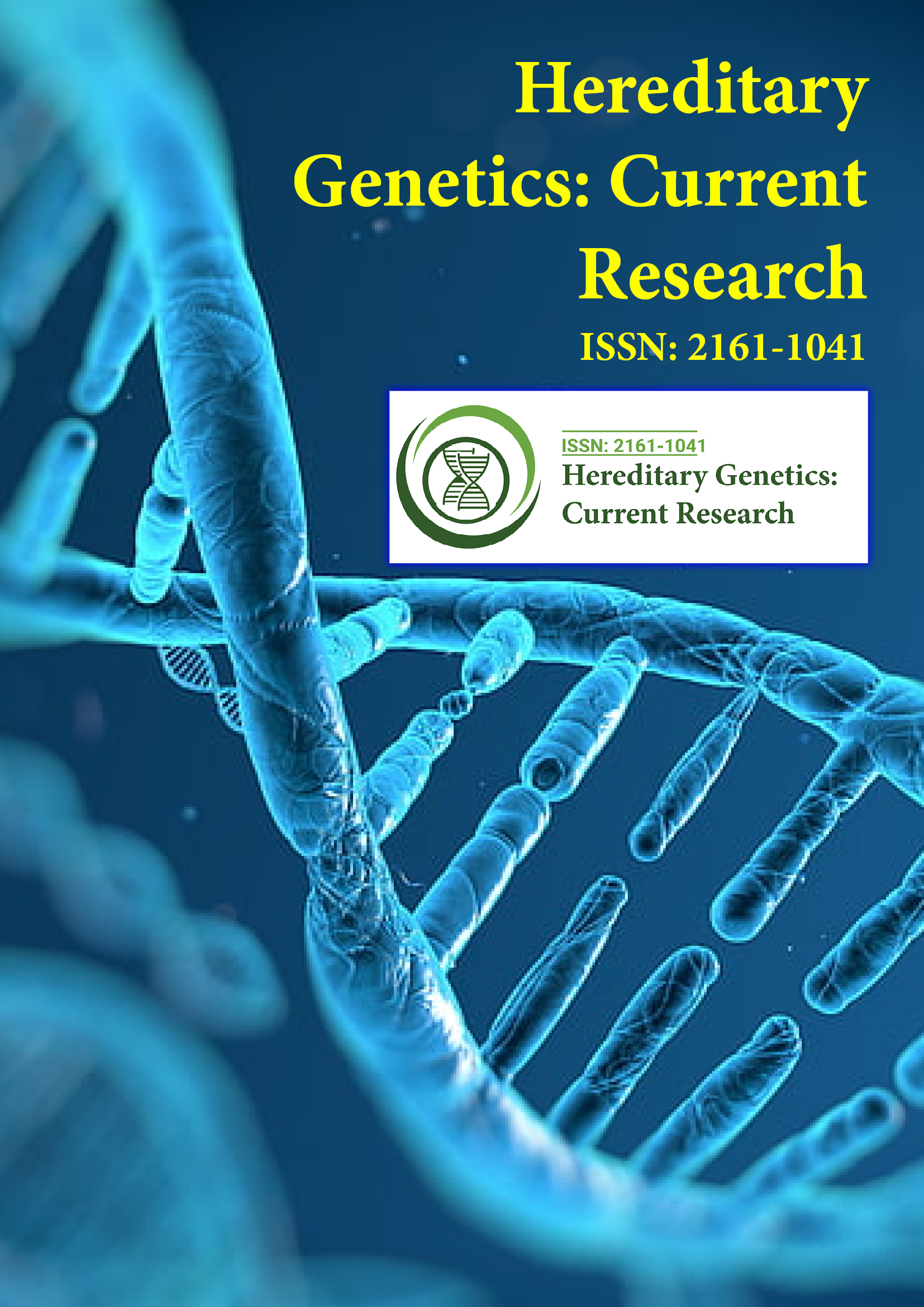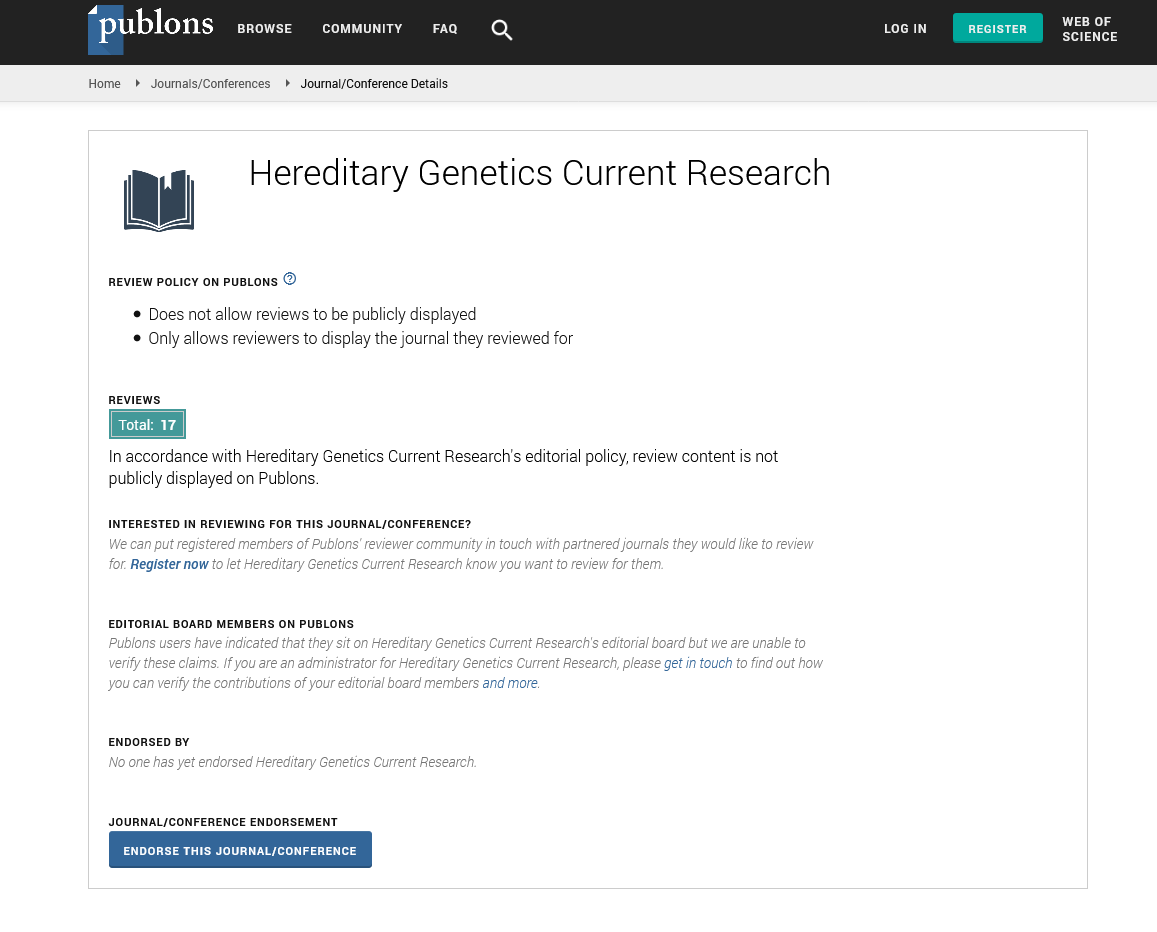Indexed In
- Open J Gate
- Genamics JournalSeek
- CiteFactor
- RefSeek
- Hamdard University
- EBSCO A-Z
- NSD - Norwegian Centre for Research Data
- OCLC- WorldCat
- Publons
- Geneva Foundation for Medical Education and Research
- Euro Pub
- Google Scholar
Useful Links
Share This Page
Journal Flyer

Open Access Journals
- Agri and Aquaculture
- Biochemistry
- Bioinformatics & Systems Biology
- Business & Management
- Chemistry
- Clinical Sciences
- Engineering
- Food & Nutrition
- General Science
- Genetics & Molecular Biology
- Immunology & Microbiology
- Medical Sciences
- Neuroscience & Psychology
- Nursing & Health Care
- Pharmaceutical Sciences
Novel routes of the tautomeric wobbling of the biologically important reverse Watson-Crick, Hoogsteen and reverse Hoogsteen G???C DNA base pairs
5th World Congress on Epigenetics and Chromosome
November 15-16, 2018 Istanbul, Turkey
Ol ha O Brovarets, Timothy A Oliynyk, Andrii Dinets and Dmytro M Hovorun
National Academy of Sciences of Ukraine, Ukraine
Bogomolets National Medical University, Ukraine
Scientific Tracks Abstracts: Hereditary Genet Curr Res
Abstract:
For the first time we have explored the structural diversity of the biologically-important guanine???cytosine (G???C) DNA base pairs - reverse Watson-Crick G*???C*(rWC), Hoogsteen G*O6???C*(H) and reverse Hoogsteen G*O6ĚC*(rH) mispairs using quantum-mechanical calculations at the MP2/aug-cc-pVDZ//B3LYP/6-311++G(d,p) level of QM theory in the continuum with ?=1 under normal conditions in combination with Bader's Quantum Theory of Atoms in Molecules (QTAIM). It was theoretically demonstrated that these rWC/H/rH base mispairs possess unique ability to perform tautomeric transition into the base pairs with wobble (w) geometry and vice versa through the intramolecular single proton transfer along the intermolecular H-bonds accompanied with the mutual shifting of the bases inside the base pair into the minor or major DNA grooves. We have established that rWC/H/rH???w transitions lead both to the structural, so to the tautomeric changes of the base pairs. In each case these structurally-tautomeric transitions occur through two different pathways via the two transitions states (TSs) as tight G+???C- ion pairs. In the cases of the reverse Watson-Crick G*???C*(rWC) and Hoogsteen G*O6???C*(H) base mispairs this tautomeric wobbling is preceded by the sequential double proton transfer along the intermolecular H-bonds. Moreover, formed wobble base mispairs are able to convert into their trans-conformers due to the rotation of the non-bonded OH or NH groups. All of the investigated G???C DNA base pairs are tightly connected with each other through the number of reaction pathways due to the SPT or DPT, rWC/H/rH???w or cys???trans transitions.
Biography :
Ol’ha O Brovarets has received her BSc (2008) and MSs (2009) degrees with honors in Physics at the Taras Shevchenko National University of Kyiv, Ukraine. In 2011 year she defended her PhD thesis and in 2015, DrSci thesis. She has obtained a Senior Researcher Academic Title in 2013. She is currently working as a Professor at the Department of Pharmacology, Bogomolets National Medical University. She has received Scopus Award Ukraine 2016 and Leader of the Science in Ukraine Web of Science Award 2016. She has published more than 120 scientific works.
E-mail: o.o.brovarets@gmail.com

